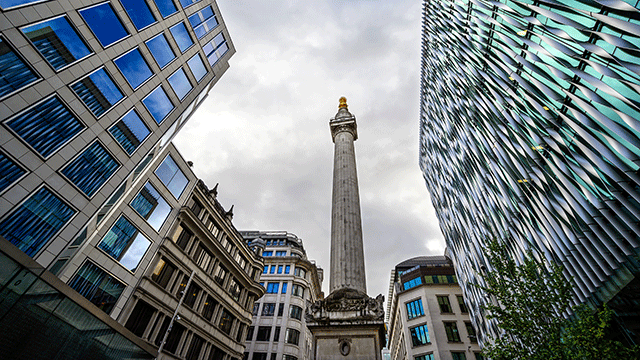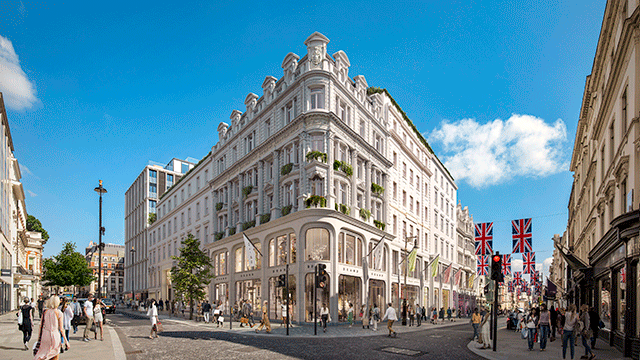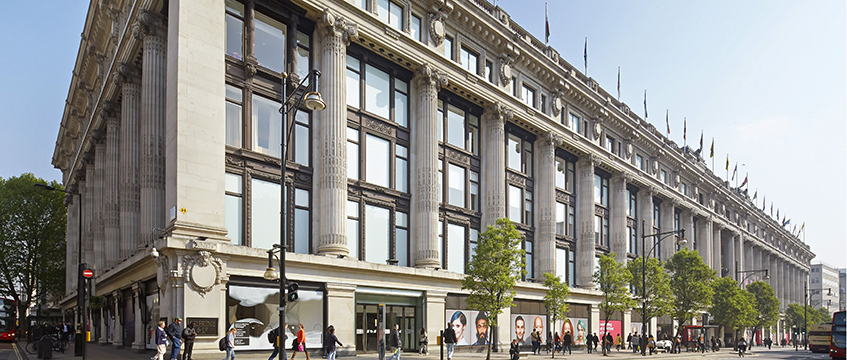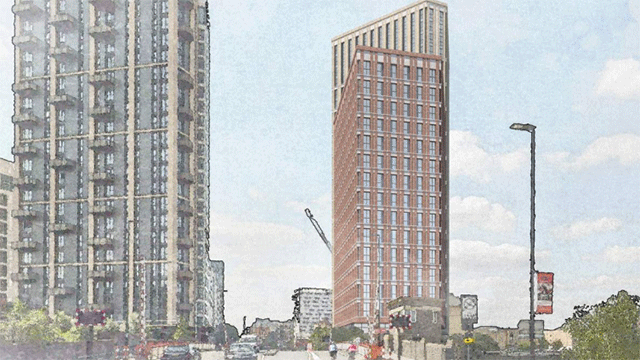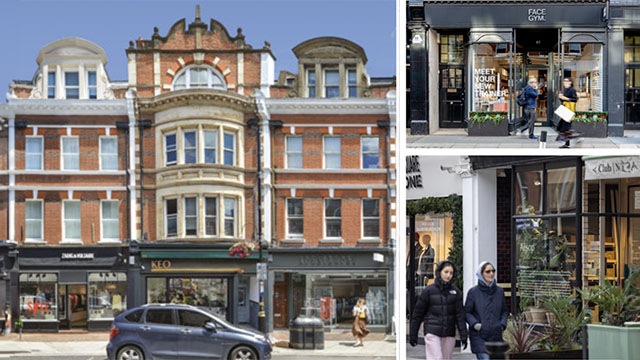COMMENT Earlier this month, Mark Carney, the former governor of the Bank of England, issued a warning. He said the value of many commercial buildings could fall steeply because they aren’t energy-efficient enough to meet new laws aimed at cutting emissions.
UK commercial buildings face a tough set of deadlines to have their energy efficiency ratings upgraded by 2030. Around 12% of commercial buildings missed an energy rating deadline last year, according to the Centre for Cities.
Commercial real estate owners might be nervous. They have already been hit by sharp interest rate rises. But it isn’t necessarily the case that commercial property values will fall. Definitely not for every property.
In addition, knocking down and replacing certain buildings, which has been suggested, is controversial. Demolishing a building and constructing a new one in its place leaves a mark on the climate, and abandoning net-zero goals or kicking the can down the road isn’t workable either. Every sector, including commercial real estate, needs to go greener sooner or later (and sooner is much better than later).
Information revolution
One solution is to turn to technology. The technology we now have to hand can radically and rapidly transform the carbon footprint of a commercial property. It can do this by collecting information about what is going on where, and then optimising the environment to minimise waste. This involves fitting buildings with physical sensors which are connected to each other and the internet, as part of what is commonly called the internet of things. Many buildings, even older ones, can be fitted or retrofitted with sensors like these. And such sensors can collect all kinds of data – air quality, humidity, temperature, occupancy, and so on – at a staggering level of detail.
Then artificial intelligence comes into play. Thanks to AI, the conditions in a building can be adjusted in real time on the basis of what the sensors pick up. If a room is too cold then AI can make it warmer. If it is too stuffy then it can purify the air. Through an app, owners can get a 360-degree view of everything that is going on in their building – and literally 360, thanks to digital twin technology, which generates a virtual copy of the building in question.
IoT and AI are the twin pillars of a smart building system. And these systems can do much more than make buildings green. They can also make buildings more secure, by enabling easy and easily monitored entry and exit via Google or Apple Wallet – no more annoying keycards. They can make buildings more comfortable for occupants: the bathrooms are cleaner, the lifts are fixed when they have some wear and tear, bikes and scooters can be tracked, exercise classes in the building can be booked through an app. The experience of being in the building is enjoyable.
Boosting demand
Why does that matter? First, because one of the reasons the owners of older buildings will be reluctant to invest in making those buildings more energy-efficient is low demand for the space. We have all read a lot about occupancy rates and the difficulties companies face in getting teams to come back to the office after working from home for years. Comfortable spaces are desirable spaces. So the owners of smart buildings, which respond to the needs and desires of their occupiers, have less trouble filling their space. And that fails to mention the boost that comes from going green: younger generations are very climate-conscious. They want to be in sustainable buildings and work with other companies that are also in environmentally friendly buildings.
There are no silver bullets here. Different building owners face different challenges. It is important to recognise that one-size-fits-all solutions rarely exist. But that doesn’t mean that no solutions – solutions that can be widely applied – exist. And advances in technology have enabled smart building systems to emerge and get more and more sophisticated as time has gone on. They are one such solution.
Smart building systems make buildings greener. They make them cheaper to run. They make them comfortable and secure. They make them better places to be. That is going to help many building owners hit those daunting net-zero targets, and help many occupiers entice their teams back to the office. It is going to help the commercial real estate sector to adapt and move boldly forward into our bright green future.
Dan Drogman is the founder and chief executive of Smart Spaces
Photo © Smart Spaces, courtesy of Sonder London
Share your feedback






